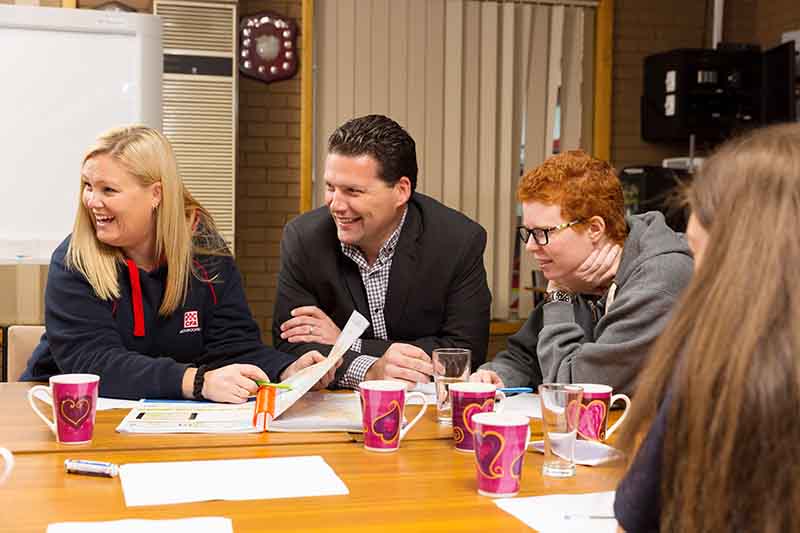
Every CFA brigade has a brigade management team (BMT) that organises and manages all aspects of a brigade. BMT members are elected by the brigade volunteers every two years.
Becoming a member of a BMT gives volunteers an opportunity to shape how their brigade operates, learn new skills, and develop effective succession planning so that younger members learn the necessary skills to become future brigade leaders.
What roles make up a BMT?
Typically, a brigade’s BMT will include a captain, a number of lieutenants (with specific responsibilities such as training, operations and vehicles), secretary, treasurer, communications officer and brigade community safety coordinator.
The captain oversees all BMT functions, brigade member wellbeing and general brigade management.
The 1st lieutenant supports the captain as second in charge of the brigade, and will often be responsible for planning (including pre-season readiness, coordinating strike teams and maintaining pre-plans).
The 2nd lieutenant will usually be in charge of training. They will maintain the brigade training calendar, organise skills maintenance training, be aware of course availability and determine which courses the members need to attend.
The 3rd lieutenant coordinates the maintenance of vehicles and equipment for trucks, ordering and maintenance of personal protective clothing, and the maintenance of hydrants and plugs.
The secretary takes minutes at brigade meetings and distributes then as required, maintains brigade correspondence, and maintains the membership list and new membership applications.
The treasurer maintains brigade finances, creates finance reports for brigade meetings, manages petty cash and produces an annual brigade finance audit.
The community safety coordinator (CSC) role was introduced into the BMT in 2015 to recognise community safety as a core function of CFA. The CSC oversees and coordinates brigade-level community engagement activities that address fire risk in the local area. The CSC develops and implements a risk-based community engagement plan for the brigade that empowers community members to prevent and prepare for fire. The CSC encourages the community to be involved in decisions and actions that affect them.
In addition to these BMT roles, the brigade health and safety coordinator is a mandatory role. They may be a member of the BMT or report directly to it. They work with the BMT to promote health and safety in the brigade.